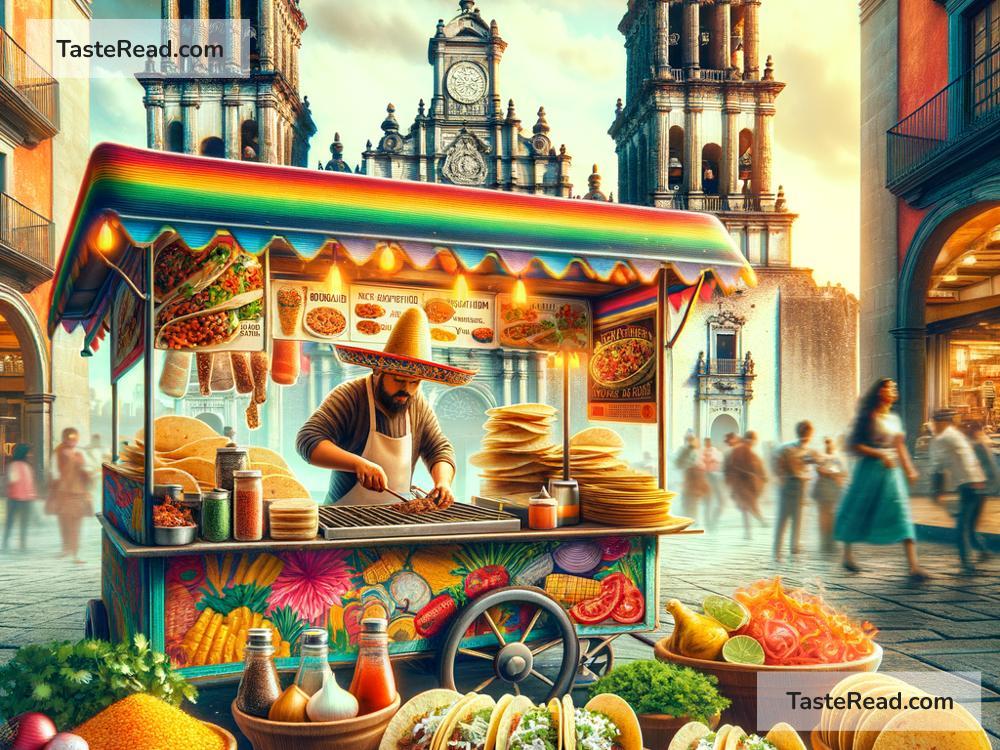Origins of the First Taco in Folklore
When you think of tacos, you might picture the delicious combination of a tortilla filled with meat, beans, cheese, and salsa. But have you ever wondered where tacos came from? The history of tacos is not only fascinating but also linked to stories and folklore that go back hundreds of years. Let’s take a journey into the possible origins of the first taco and explore the myths that surround this iconic food.
What is a Taco?
Before we dive into its history, let’s clarify what a taco is. A taco is a dish made with a tortilla that serves as a “pocket” to hold various fillings. It’s versatile and can be filled with anything from grilled meats to vegetables. While tacos are popular worldwide today, their roots trace back to Mexico.
The Word “Taco”
The word “taco” originally meant something quite different than what we eat today. In the past, the term described a type of plug or wad, like a rolled-up piece of paper used in mining. Mexican silver miners in the 18th century used these “tacos” of dynamite to help extract ore. Some food historians believe that miners may have later borrowed the word to refer to the shape of their meals rolled inside tortillas.
Over time, the word “taco” evolved and came to mean the food we know today, but its connection to mining offers a glimpse into its origins.
Ancient Roots: Corn and Tortillas
Before tacos as we know them existed, tortillas—flat discs made of ground maize (corn)—had an important place in ancient Mexican culture. Corn was a staple food for civilizations like the Aztecs, Mayans, and others long before Europeans arrived. The Aztecs believed that maize was sacred and even thought humans were created from it. Tortillas made from corn held much significance because they were not just food; they were a symbol of life and sustenance.
In ancient times, tortillas were often used as edible plates or wraps for food. This simple practice may have been the earliest hint of what would later become the taco.
Folklore: “The First Taco”
Although there isn’t a single documented story pinpointing the exact origin of the first taco, folkloric tales often try to explain how it came to be. One story suggests that tacos were born out of practicality and creativity.
Imagine a farmer working in the fields of ancient Mexico. After hours of labor, he grew hungry and needed something quick and portable to eat. He gathers some beans, chili peppers, and a little bit of cooked meat. Then, he grabs a freshly made tortilla, places the food inside, and folds it in half—creating a simple taco. This story reflects how necessity, combined with local ingredients, could have sparked the invention of such a convenient dish.
The Taco’s Connection to Aztec Food
Another folkloric tale involves the great Aztec emperor Moctezuma II. It is said that Moctezuma used tortillas as utensils and plates to hold various kinds of food during royal meals. Meat, beans, and vegetables were placed inside the tortillas, making it easier to eat. This custom may have influenced how tacos later developed.
Additionally, the Aztec diet was rich in chili peppers, wild game, and fish—all flavors that still appear in many tacos today. Some even argue that the famous “fish taco” could trace its roots back to the coastal Aztec communities who wrapped freshly caught fish in tortillas.
The European Influence
After the Spanish conquistadors arrived in Mexico in the 16th century, many new ingredients were introduced, including beef, pork, chicken, and cheese. These foods complemented the indigenous ingredients already popular in Mexican cuisine.
Over time, tortillas became the perfect cradle for these ingredients. Folklore suggests that peasants and workers during colonial times relied on tortillas to hold their meals, as they were easy to carry while laboring in the fields or traveling. This merging of cultures—indigenous and European—helped shape the taco into what we know today.
Street Tacos and Modern Fame
In the 19th and early 20th centuries, tacos became popular as street food in Mexico. Mexicans living in rural areas brought their recipes and traditions to urban centers, introducing tacos to city streets and markets. Vendors sold tacos filled with items like carnitas (pork), barbacoa (slow-cooked beef), and chorizo (spicy sausage). These street tacos were affordable, flavorful, and portable, making them a hit with locals.
Interestingly, this urban taco culture also sparked legends about the food’s healing powers. Some folklore humorously claims that tacos can cheer up the brokenhearted, bring luck, or even cure a bad hangover!
Tacos Today
Although we might not know exactly who made the first taco, folklore and history show us how this simple dish grew out of the ingenuity of ancient cultures. From the sacred corn of the Aztecs to modern fusion recipes found across the globe, tacos carry a rich legacy.
Whether you enjoy tacos at a street vendor in Mexico or at a trendy restaurant in another country, you are eating a piece of history filled with flavor, tradition, and a sprinkle of folklore. Maybe the next time you bite into one, you can imagine the farmer, the Aztec emperor, or even the hardworking silver miner who might have inspired the first taco.
Tacos are far more than a meal—they are a story that connects people across time and cultures. What’s your favorite kind of taco?


